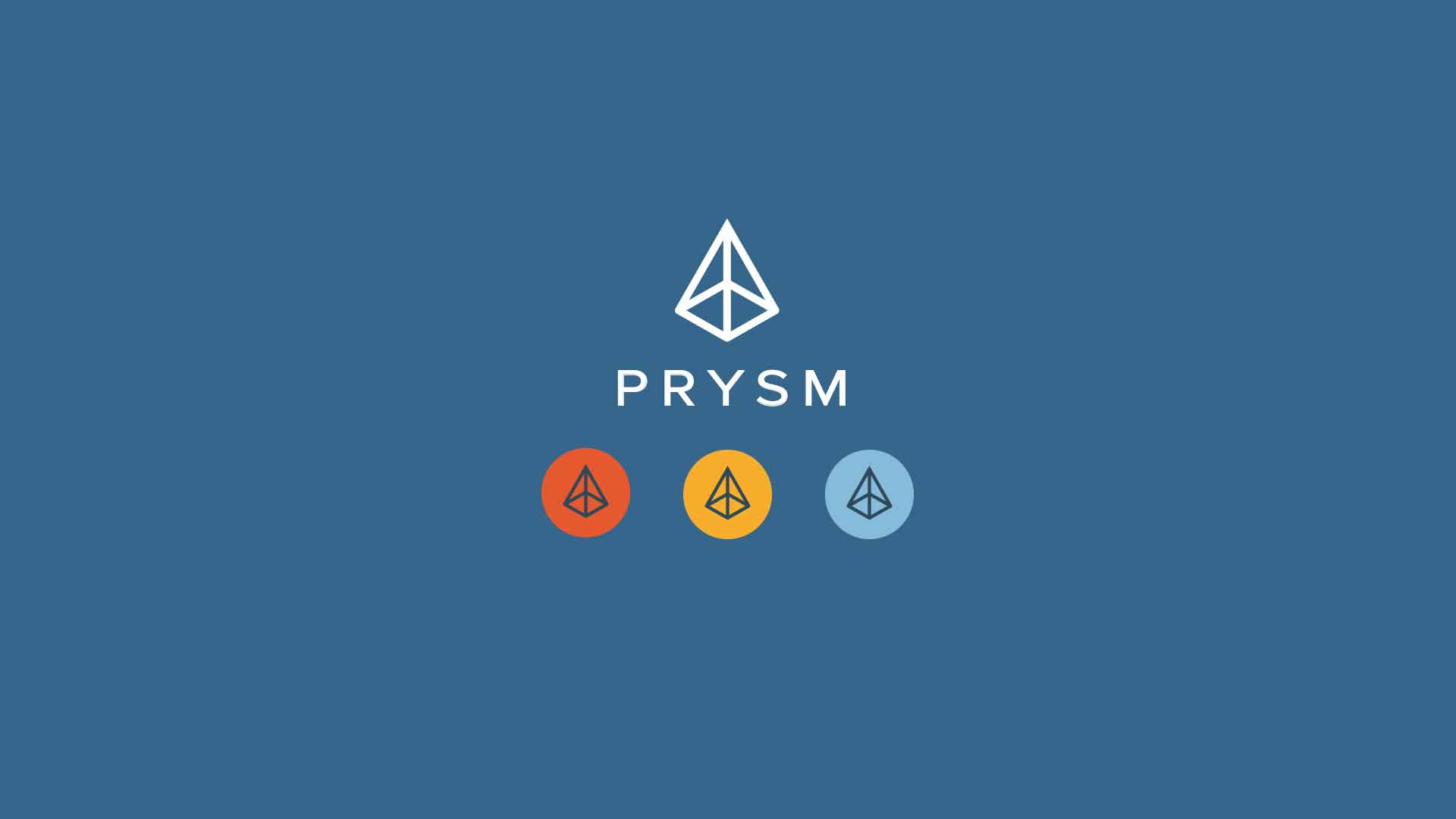This is a quick tip on how to get precise timing and positioning by double-clicking your keyframe in After Effects. You can view your playhead offset from the keyframes while adjusting the values to get your timing just right. Read more
March 20, 2025 — Comments are off for this post.
After Effects Tips: Precise Timing With Key Frame Double-Click
November 16, 2023 — Comments are off for this post.
2D Motion Software Showdown: Comparing Animate, Rive, After Effects, Cavalry, and Toon Boom
The choice of 2D motion software stands as a pivotal decision, capable of either smoothing the creative workflow or introducing complexities that may potentially disrupt the artistic process. It's not merely a tool; it's the backbone of your digital canvas, influencing how seamlessly ideas can be translated into vibrant animations. The stakes are high – a well-chosen software elevates efficiency, allowing artists to effortlessly bring their vision to life, while an ill-fitting one can introduce obstacles, impeding the natural flow of creativity. In this comprehensive comparison, we'll pit five animation powerhouses against each other: Adobe Animate, Rive, After Effects, Cavalry, and Toon Boom Harmony. We'll delve into their unique features, use cases, and provide a pros and cons list to assist you in making an informed decision.
After Effects: The Industry Workhorse
After Effects is pretty much my go-to app. It can pretty much handle anything I throw at it and it pairs great with Cinema 4D. I've been using it for so long (since version 3!) and have such a deep knowledge of the program's ins & outs and plugins to extend it. It can be a pain in the ass, for sure, but Adobe has come a long way in making this a much more reliable, stable, fast and robust app. The newest version is one of the best that's ever been put out by Adobe, making this a tough one to beat.
Pros:
- Comprehensive Toolkit: After Effects is an all-in-one solution for animation, visual effects, compositing, and motion graphics, enriched by a vast library of plugins and presets.
- 3D Capabilities: It's ideal for creating complex animations with 3D integration.
- Expression Language: Offers powerful automation and control capabilities through expressions.
Cons:
- Learning Curve: Its extensive feature set can be overwhelming for newcomers.
- Resource-Intensive: Rendering complex animations can be time-consuming.
- No interactive capabilities.
- No responsive or dynamic layouts
Best For: Professional video production, visual effects, and motion graphics projects.
Adobe Animate: The Veteran Performer
If need interactivity and want to stay within the Adobe ecosystem then Animate is your app. Animate used to be Flash until that got killed in favor of a more native web experience. Animate is a great tool to help with frame-by-frame animation. However, there are other programs that can handle that in a less clunky way. I think for some this is just the go-to because of legacy reasons and a robust community. I haven't used it for frame-by-frame stuff in years and it mostly gathers dust on my box.
Pros:
- Versatility: Adobe Animate caters to both vector and raster animations, making it a versatile choice for a wide array of projects.
- Interactivity: It boasts robust scripting capabilities, ideal for crafting interactive web content and games.
- Dynamic Reformatting: Animate excels in adapting content to various screen sizes, ensuring a responsive design.
Cons:
- Learning Curve: Its feature-rich interface may be intimidating for beginners.
- Resource-Intensive: Creating complex animations can demand substantial system resources.
Best For: Web games, interactive web content, and projects requiring responsive design.
Rive: The Modern Vector Maestro
Build interactive animations that run anywhere. Blazing fast. Tiny size. Those are the Rive taglines. It's pretty much like Figma but with animation capabilities. I found the animation a bit on the basic side, but getting into the interactive part with the State machine opens this up to a whole new world of interactivity. This feels like the future that Flash promised but was never really able to deliver on. As advertisement is going omnichannel, along with interactivity being a must-have, this app is poised to be huge because it can be delivered anywhere. Check out this video Joey Korenman chats with Joe Nash talks the future of 2d motion design with Rive: https://www.youtube.com/watch?v=UtkzJLvWj5c&t=4298s
Pros:
- Vector Animation: Rive is perfect for creating smooth, vector-based animations, particularly suited for an illustrative approach.
- Interactivity: Tailored for crafting interactive animations in web and mobile applications.
- Cross-Platform Compatibility: Seamlessly integrates into various platforms, simplifying multi-platform development.
- Favored by Figma
Cons:
- Limited 3D Capabilities: It may not be the best choice for projects demanding extensive 3D integration.
- Smaller Community: Fewer online resources and tutorials compared to established software.
- Animation is a bit basic and not as easy to fine-tune.
Best For: UI/UX design, interactive web and mobile app animations, and vector-based 2d motion graphics.
Cavalry: The 2.5D Marvel
This is the animation app FUBU. For animators By Animators. Realtime, data-driven, and procedural, it has built-in tools that are similar to a lot of AE scripts like Joysticks & Sliders, Limber/Rubberhose, Motion 4, and physic dynamics. The thing that's holding this app back I think is that the market already had this toolset by plugins & scripts already in After Effects... so it's like why learn something new? Most animators I know played with it for a few weeks then went back to doing what they knew. I think this could be an interesting app for social and for infographics. There's a lot of potential here but I don't think it's enough unless they offer something new that nobody else really does. I think responsive layouts are a good start and if they incorporate the runtime capabilities of something like Rive it could be a real contender.
Pros:
- Deformer Tools: Cavalry excels in non-destructive shape transformations, ideal for dynamic character and object animations.
- Parallax and Depth Effects: Perfect for adding depth and dimension to 2D scenes with parallax effects.
- Node-Based Animation: Simplifies complex 2d motion and allows real-time adjustments.
- Responsive Layouts
Cons:
- Limited 3D Capabilities: Not the best choice for extensive 3D work.
- Newer Software: A smaller user base translates to fewer resources and tutorials.
Best For: 2.5D animations, character animation, and projects requiring a node-based workflow.
Toon Boom Harmony: The Animation Production Powerhouse
Pros:
- Frame-by-Frame and Cut-Out Animation: Harmony shines in traditional frame-by-frame animation as well as cut-out animation.
- Rigging, bones, and Puppet Animation: Offers advanced rigging tools for character animation, making it a top choice for animation studios.
- Drawing and Painting: It includes powerful drawing and painting tools for artists.
Cons:
- Learning Curve: Harmony's extensive feature set can be complex for beginners.
- Cost: It's a professional tool, which means it comes with a higher price tag.
Best For: Animation studios, traditional and cut-out animation, character rigging, and advanced animation techniques.
Conclusion: When you're talking about 2D motion, selecting software goes beyond features; it plays a crucial role in shaping an environment that fosters unrestricted artistic expression, with each stroke contributing to the smooth flow of the creative process. The ideal animation software depends on your project's specific needs and your familiarity with each tool. As an animator, I have to make very careful choices about what to invest in my time for learning software. Part of that is figuring out the work I want to do and the other part is figuring out where the market is trending. To summarize, choose Adobe Animate for versatility and legacy studios that use it, Rive for modern vector animations and interactivity, After Effects for comprehensive video production and visual effects, Cavalry for 2.5D animation and node-based workflows, and Toon Boom Harmony for professional animation production, especially in studios. Tailor your choice to your project's requirements, and you'll be well on your way to motion design Valhalla.
November 2, 2021 — Comments are off for this post.
13 Types of Movie Title Design Sequences
There is a range of different types of Movie Title Design Sequences, Opening Credits, and Intros that filmmakers and directors use in their projects. Each one has its own distinct reason for existence and the role that it plays in storytelling beyond just showcasing the credit. The art of the title sequence is really a lot of detective work figuring out the themes of the story and putting that into a framework or motif of imagery that makes sense and adds to the narrative without giving too much away.
June 25, 2021 — Comments are off for this post.
Attack Studios Recognized by Clutch as One of the Top Explainer Video Companies in Chicago 2021
Recently, we have been recognized by Clutch as one of the top explainer video companies in Chicago. Clutch is an established B2B reviews platform that helps firms across the globe connect with the top service providers that they need in order to improve effectiveness and increase productivity.
May 29, 2020 — Comments are off for this post.
After Effects Tips: How do I apply an effect only to a masked area?
What do you do when you only want to apply an effect only to a masked area while animating in Adobe After Effects. Make an effect mask, of course, it's easy and fast.
Read more
September 12, 2019 — Comments are off for this post.
Collaborative With Prysm Studios
I'm happy to announce I've joined a collaboration with Prysm Studios. It's a non-exclusive agreement so that means I'll still be doing projects through Attack and I'll also be able to offer low-risk scale and on-site reviews for clients through Prysm. I like the freedom it offers while opening up some bigger and better opportunities.
December 28, 2016 — Comments are off for this post.
Latest 2D Motion Design Trends
I know things have been a little quiet around here as we hit the busy holiday season full-on. It just now started to dip down enough for me to catch my breath and soak up all the lovely 2D motion design trends I’ve seen in the past year.
© Jerry Nelson 2021 | Attack Motion Design is a company registered and licensed in Chicago, IL USA.
© Jerry Nelson 2013 | Attack Motion Design is a company registered and licensed in Chicago, IL USA.





